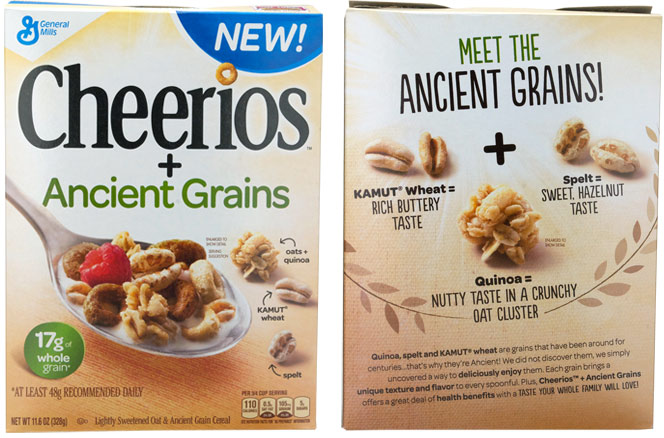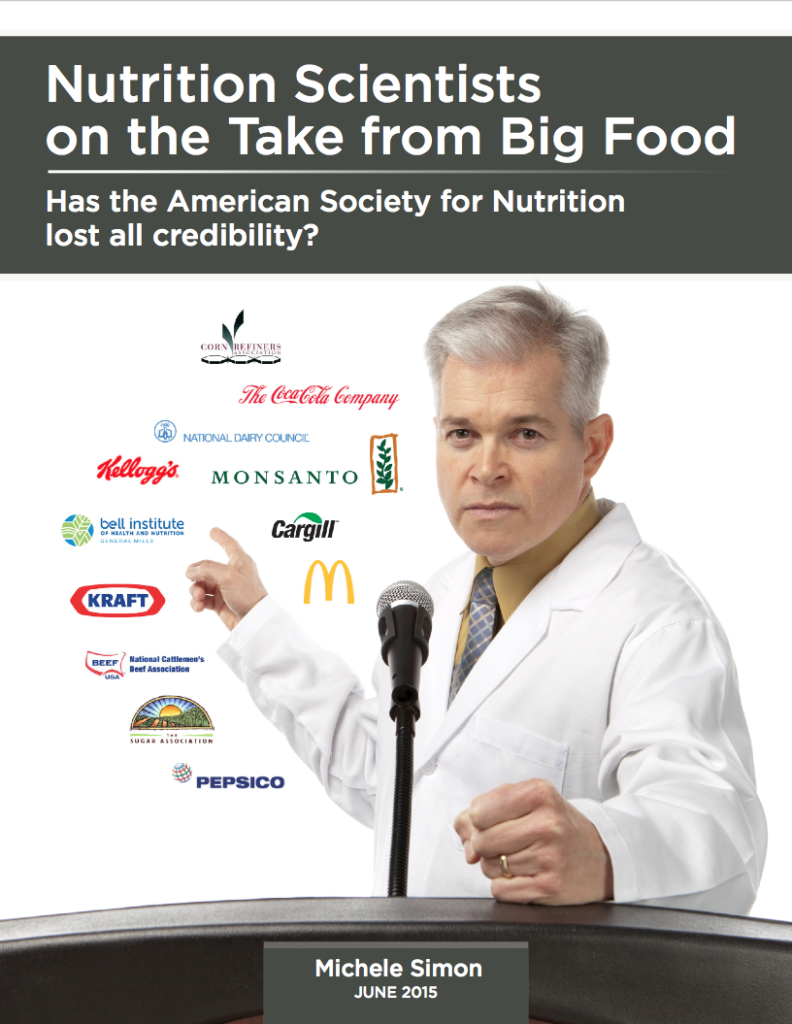Remember the Healthy Weight Commitment Foundation (HWCF)—16 big food companies that account for about one-third of calories in the marketplace—and the companies’ pledge in 2010 to reduce the total number of calories they sold by 1.5 trillion by 2015?
As I wrote in my post on the pledge,
What are we to make of all this? Is this a great step forward or a crass food industry publicity stunt?* History suggests the latter possibility. Food companies have gotten great press from announcing changes to their products without doing anything, and every promise helps stave off regulation.
On the other hand, the RWJF [Robert Wood Johnson Foundation] evaluation sounds plenty serious, and top-notch people are involved in it. If the companies fail to do as promised, this will be evident and evidence for the need for regulation.
So now we have the RWJF-funded evaluation.
The study examining HWCF’s pledge shows that the largest calorie cuts came from sweets and snacks; cereals, granolas and other grain products; fats, oils and dressings; and carbonated soft drinks. The companies participating in the pledge sold 60.4 trillion calories in 2007, the year defined as the baseline measurement for the pledge. In 2012, they sold 54 trillion calories. This 6.4 trillion calorie decline translates into a reduction of 78 calories per person in the United States per day.
Barry Popkin and his colleagues in North Carolina report this evaluation in two parts. The first says:
The 16 HWCF companies collectively sold approximately 6.4 trillion fewer calories (–10.6%) in 2012 than in the baseline year of 2007. Taking
into account population changes over the 5-year period of 2007–2012, CPG [Consumer Package Goods]caloric sales from brands included in the HWCF pledge declined by an average of 78 kcal/capita/day. CPG caloric sales from non-HWCF national brands during the same period declined by 11 kcal/capita/day, and there were similar declines in calories from private label products. Thus, the total reduction in CPG caloric sales between 2007 and 2012 was 99 kcal/capita/day.
The second paper looked at sales data for households. It concludes that although sales of calories declined, they were already declining before the pledge.
Post-pledge reductions in calories purchased from HWCF brands were less than expected, and reductions in calories purchased from non-HWCF name brands and PLs [Private Labels] were greater than expected after economic, sociodemographic, and secular factors were accounted for. If the 16 HWCF companies had been able to maintain their pre-pledge trajectory, there should have been an additional 42 kcal/capita/day reduction in calories purchased from HWCF products in 2012 among households with children.
Mary MacVean’s account in the Los Angeles Times quotes any number of experts calling this an impressive achievement that will not, however, “reverse the epidemic of childhood obesity, especially among poor people and some minority groups.”
She quotes Popkin:
The calories purchased has really gone down. And most of the decline is in the kind of food you and I would call junk food or junk beverages.. But not all the news is positive…What we don’t have is an increase in beans, whole grains, produce.
Much publicity will be made of this small step in the right direction. But what does it mean?
Is the reduction in calories due to lower sales of packaged foods in general—the secular trend—or to food companies’ taking the pledge seriously. I vote for secular trends—fewer sugary soft drinks and sugary cereals.
The lack of evidence for increased purchases of healthier foods also is troubling.
Big retailers still show no evidence of promoting healthier foods.
Overall, this pledge is about selling packaged food products, not foods.
And what counts is what’s actually eaten.
The bottom line: Eat your veggies.
If you do—and manage to keep packaged, highly processed foods to a minimum—you don’t need to worry about any of this.
Addition, September 19: I learned about these papers from a reporter, who sent me the two reports and an accompanying commentary by officials of the Robert Wood Johnson Foundation. I learned later that the journal also published another commentary on the papers, this one by Dariush Mozaffarian, now dean of the Friedman School at Tufts. His analysis makes clear that the reduction in calories is fully explained by secular trends, of which food companies were well aware:
In this setting, the pledge appears to have been a stroke of marketing genius, turning their steadily declining calorie sales into a novel opportunity for self-promotion, an easily publicized but deceptive “sham” pledge that merely reflected ongoing trends…Although the food industry is a necessary partner for effective future solutions to address suboptimal diet, now the leading modifiable cause of U.S. deaths, we must remain vigilant and cautious about their intentions and objectively assess the evidence for real change—especially for promises that appear too good to be true.




